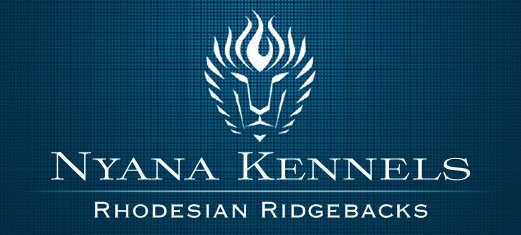Rally/Obedience
RALLY & OBEDIENCE
It's difficult to stress the importance of training, training and more training enough! You will have exactly what you create...and starting off with a good puppy confidence building class and moving into a more structured Obedience class around 6 months old is crucial. Whether or not you choose to participate in AKC Rally and/or Obedience competitions is of course, up to you - but there is nothing like working together as a team. You and your pup!! It is extremely rewarding to grow with your puppy and strengthen your bond with your 4-legged best-friend tremendously!
What is the difference between Rally & Obedience?
First, each class entry has a Novice, Intermediate, Advanced, Excellent and Masters class level. If you are brand new to competing and have never put a Rally title or Obedience title on a dog - you would be in the "A" category of classes. If you have ever put a title on a dog then, you would be competing in the "B" category. The way I remember it is..."B" for breeder meaning, you already have experience. That's simply my way of remembering the difference when I am entering the classes. As a new team to showing you and your dog would start off in Novice A. A passing or qualifying score is 70 or above. Each class level has 3 legs required (except Masters requires 10 legs) before your pup is awarded it's new title. This means you have to qualify in 3 separate competitions (or 10 for Masters) before you can move up!! Novice and Intermediate classes are "on leash" but Advanced, Excellent and Masters are 100% "off leash". When you and your dog complete 3 legs then, you will receive a certificate from AKC stating your dogs name and the new title earned. The new title for Rally Novice (RN) would be attached to the end of your dogs name in his/her AKC records. So, all those acronyms at the end of a dog name--are the accomplishments of that dog in competitions. Our Sansa is - Nyana's A Lady Sansa Ahadi, CGC, RI. The letters at the end mean, Canine Good Citizen and Rally Intermediate.
Both Rally and Obedience include exercises that you and your dog must complete together as a team. The judge grades your performance based on a number of criteria including moving together as a team, whether or not your dog performs the exercises promptly at your command, if the leash is ever tight, etc. There are no treats permitted in the competition ring and you cannot whistle, snap or clap to encourage your dog. You may only use your voice, hand signals and pat your leg for encouragement. There are a total of 322 different Rally signs that correspond to the different levels of competition. A typical map or course that is planned by the judge for the different levels of competition varies between 12-16 exercises. Rally also includes jumps (16" for Ridgebacks) once you reach the Advanced level.
We enjoy Rally a bit more than Obedience simply because we feel like Ridgebacks are more engaged in Rally--it's a little more challenging and fun for the dog with jumps and lots of various exercises to complete. Please see the gallery below of our Rally competitions!
For Obedience, there are also signs and/or the judge will give you commands to perform while moving as a team with your dog. These are basic commands like halt (dog sits), left turn, right turn, about turn, slow pace, normal pace and fast pace. Obedience also includes "sits" and "downs" where a class of dogs are lined up in the ring - told to sit or down by their handler when the judge commands and then, the handler must tell the dog to stay and leave the dog, walking to the opposite side of the ring to wait while the judges times the dogs (3 minutes for sits and 5 minutes for downs). All of the dogs must stay just as their handler left them and light must never be visible under the dog--or the dog will be disqualified. The dog may not shift--so that light shows underneath him/her at all. While in a "sit" the dog may not stand or lay down. While in a "down" the dog may not stand or sit. If this happens, your dog will be disqualified. Stay is a very important command and that is the purpose of this exercise. When you tell your dog to "stay", it should understand that it must stay put, just as you left it. Obedience is fun too but we enjoy Rally the most!!















